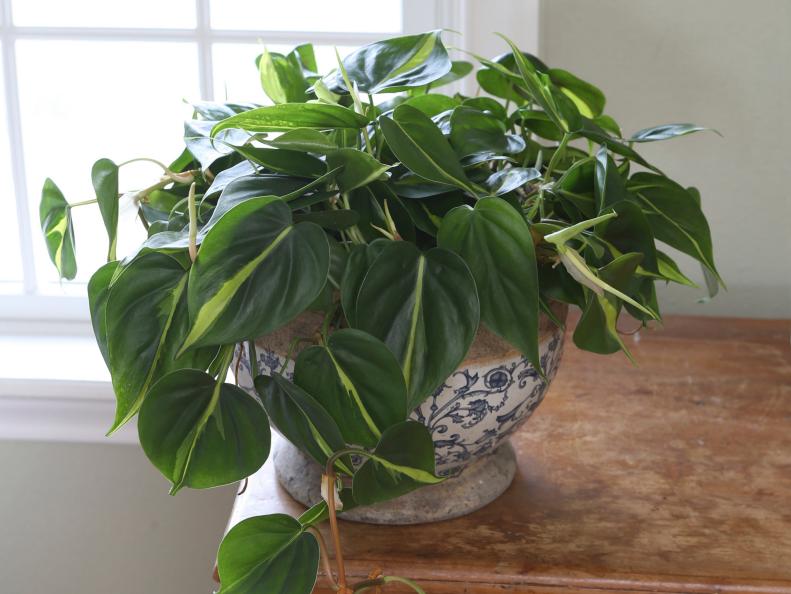1 / 13
Photo: Costa Farms.
From:
Lynn Coulter.
Philodendron 'Brasil'
Problem: White spots that look like powder or flour on your houseplants. Solution: This is probably a fungal disease, powdery mildew. Increase the air circulation in the room, and avoid overwatering. Saturated soils and poor ventilation are breeding grounds for this problem. Remove badly infected leaves, and if the problem persists, look for an organic fungicide labeled safe for indoor use. Follow all label directions. Shown here: a vining Philodendron, 'Brasil'









